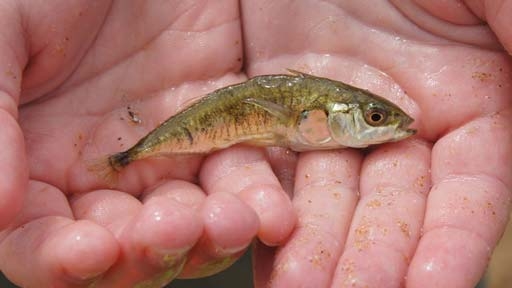 Image: Mike Pennington
Image: Mike Pennington
One of Alaska’s most abundant species of fish is modifying its breeding patterns as a result of climate change, according to a recent study from the University of Washington.
The three-spined stickleback fish — which makes up more than half the fish population in many Northern lakes — are breeding earlier and more often as the warmer climate is causing ice to break up earlier in the spring and leading to longer ice-free summers.
 Image: Jack Wolf via Flickr
Image: Jack Wolf via Flickr
“Alaska is warming about twice as rapidly as most of the rest of the planet,” said Rachel Hovel, the study’s lead author. “These fish are adapted to survive in relatively cold environments with limited productive seasons. The responses to rapid warming that we see in lakes, like early spring ice breakup, are releasing some of these constraints.”
 Image: Wikimedia Commons
Image: Wikimedia Commons
The researchers aren’t yet sure if this is a good thing for the sticklebacks, but they say increased breeding could lead to shorter lives for the fish. Either way, given the fish’s abundance in the lakes, a growth in population will probably have large effects for the rest of the ecosystem.
And at least one other party might get the short end of the stick — the junior sockeye salmon, which shares the same habitat and competes for the same food sources. The sockeye salmon is also important commercially for the Alaskan region.
The researchers relied on data from a study that has been analyzing the reproductive patterns of fish in Alaska’s Bristol Bay region for more than 50 years. It’s the first to actually document changes in the breeding patterns of a vertebrate as a result of climate change.




